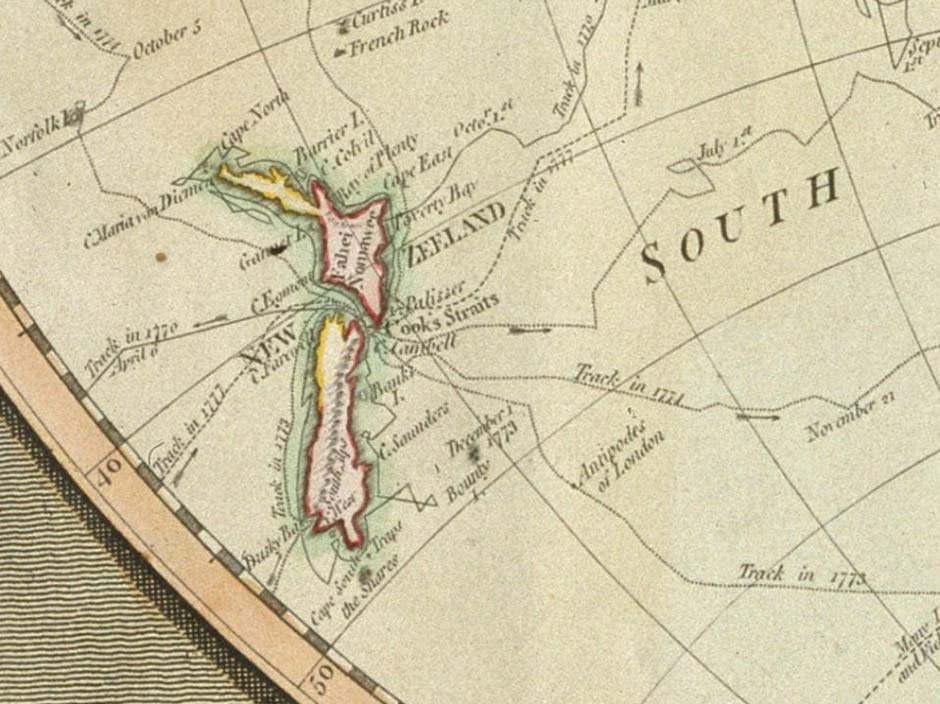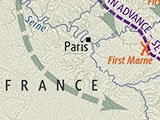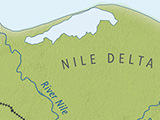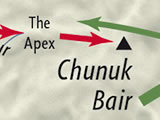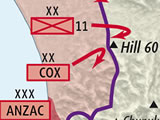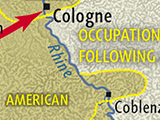See enlarged version of this map here. You can also download a hi-res copy as a pdf (1.3 mbs).
In order to support the New Zealand Expeditionary Force (NZEF) on the European continent, an enormous infrastructure of camps, hospitals, depots and offices was developed across the Channel, in England. Their locations are indicated by the white boxes on the map above.
The NZEF Headquarters in London dealt with records, public enquiries, postal matters, soldiers’ pay and legal issues.
Initially, Sling Camp on Salisbury Plain was the only training camp for New Zealand servicemen in England. This soon began to overflow, so secondary camps were established to accommodate other units: the New Zealand Rifle Brigade (NZRB) trained at Brocton; the New Zealand Machine Gun Corps (NZMGC) was based at Grantham; the artillery units (NZFA) and the Medical Corps (NZMC) both trained at Ewshot; the signallers were based at Stevenage; and the engineers, tunnellers and Māori reinforcements trained at Christchurch in Dorset.
New Zealand's sick and wounded soldiers were ferried from France to England on hospital ships. In the latter part of 1916 the NZEF set up a number of general hospitals to care for them: the first was at Brockenhurst, the second at Walton-on-Thames and the third, at Codford, looked after men from Sling Camp.
Complementing these general hospitals were convalescent hospitals, to which patients were sent to recover before returning to service. New Zealand soldiers recovering from wounds or diseases suffered at Gallipoli in 1915 were sent to the Anzac Convalescent Depot in Weymouth. From 1916, NZEF enlisted soldiers were sent to the large New Zealand Convalescent Hospital at Hornchurch, while two convalescent homes in Brighton were reserved for officers and nurses. Codford housed the New Zealand Command Depot, which provided rehabilitative training to soldiers not yet fit enough to return to their unit. Men deemed unfit for further service waited at the New Zealand Discharge Depot in Torquay for transport back to New Zealand.


 del.icio.us
del.icio.us Twitter
Twitter Facebook
Facebook Google
Google StumbleUpon
StumbleUpon












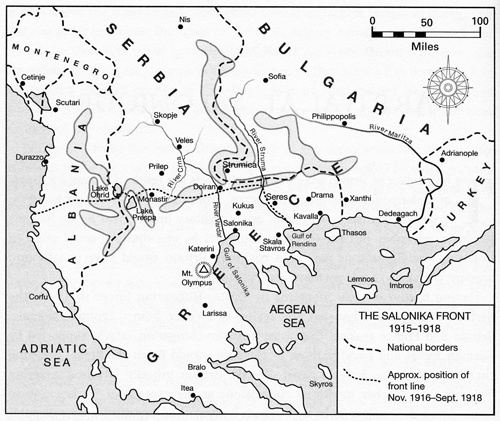

 Reddit
Reddit
